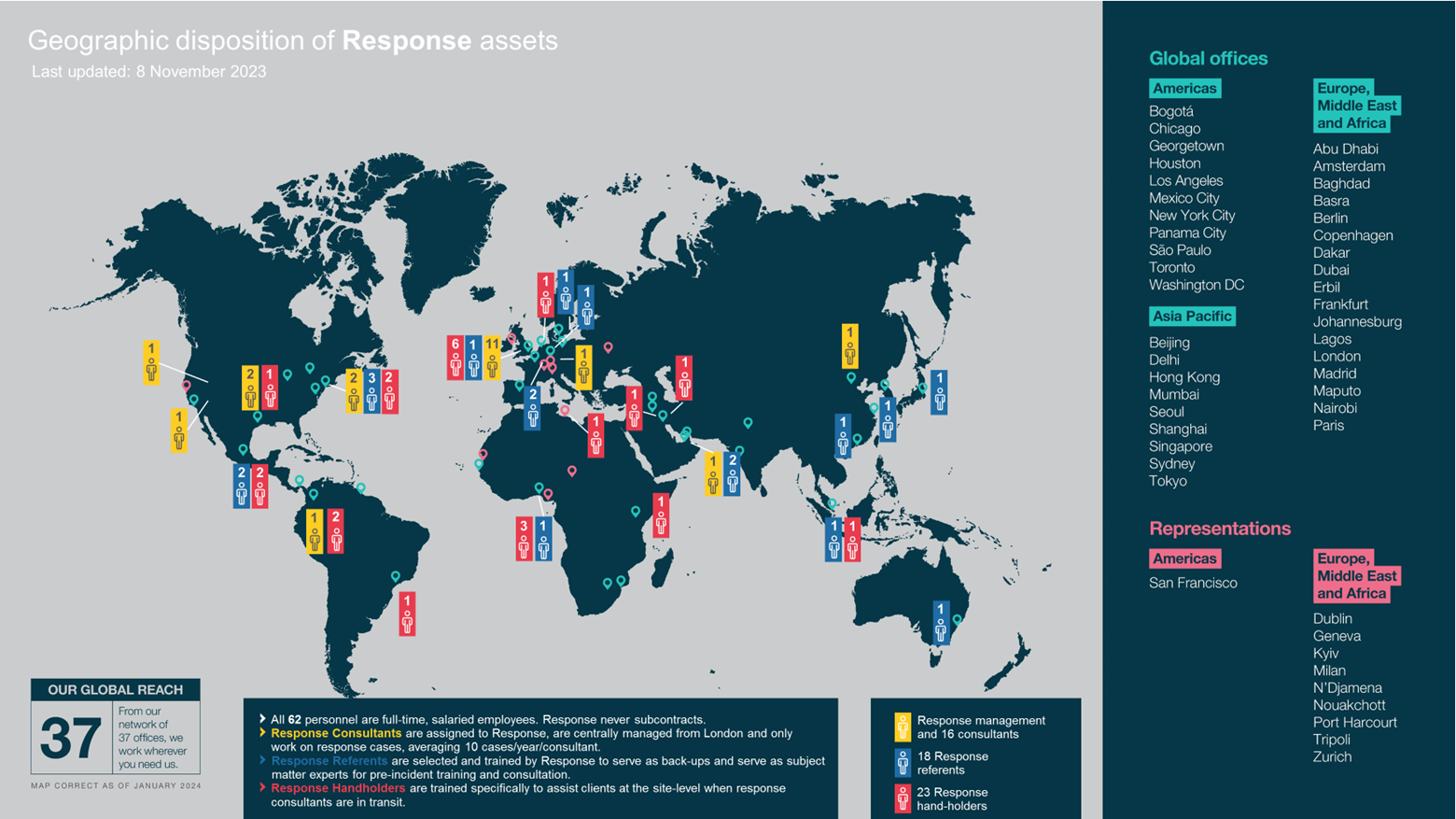Ocean Marine Riskopolis

We know the unique challenges that maritime industry professionals face in their line of work. Environmental pollution risks can have disastrous effects on a business’s bottom line and reputation. Whether it is a diesel release during fueling or sewage discharge from vessels, marine operations may pose an array of environmental exposures. The Ocean Marine Riskopolis showcases some of these exposures that could be detrimental to your clients’ businesses.
Can you spot the environmental risks hiding in the scene below? Take a closer look at each one by clicking on the numbers.

1. Vessel fuel was being transferred between two aboveground storage tanks at a marina during a rainstorm. The transfer tank was overfilled and the overfill alarm did not trigger. In addition, the secondary containment valve had been left open causing fuel and rainwater to escape the containment for several hours before the release was detected. The marina storage tank owner was held responsible for the costly cleanup.

2. Small fishing charter boats had been coming into port all day during a holiday weekend. The marina had an approved pump out station for boats to discharge sewage from their holding tanks. Late in the day, odors were reported near the marina sanitation devices. It was later determined that a valve had been defective, and that raw sewage was being spilled beneath the docks. Environmental authorities were alerted, and remediation efforts and fines were considered.

3. With a recent expansion, the marina now had docking capacity for smaller cruise ships. This activity brought in greater revenues for the operator. To accommodate the expanded usage and activity, a large parking lot was constructed adjacent to the marina. Due to the grading of the parking lot, there were regular complaints about large volumes of stormwater being washed in the harbor, likely carrying contaminants from leaky parked vehicles. The environmental authorities considered imposing fines and penalties for the wastewater runoff and instructed the marina operator to conduct an investigation.

4. An office tenant located at the marina regularly experienced high levels of humidity and moisture. This resulted in considerable mold growth within the office. Office employees alleged that they had sustained bodily injuries and respiratory issues from exposure to mold. Mold abatement was also required.

5. Environmental authorities learned that a marina operator had regularly been using a hoist to raise and clean the bottom of boats to reduce the attachment of algae, prevent waterline stain, and seal the gelcoat. The Coast Guard reported that there was no containment below the hoist and that amounts of xylene, acetone and other solvents were dripping directly into the surface water. The Coast Guard imposed a fine and undertook an investigation in the extent of the practices.

6. A port area was found to contain large amounts of contaminated sediment from a variety of operations along its shores. The EPA was considering an expensive dredging remedy. A USEPA 104(e) request yielded information about boat scraping and operations that had caused paints containing heavy metals, some of the contaminants of concern in the port, to be dropped into the water. The painting operation received a notification letter that they were being considered a potentially responsible party for the cleanup of the sediments.

7. A fueling truck was stationed at the dock, fueling a vessel. Unfortunately, the operator failed to properly detach the transfer equipment and released a large amount of fuel in the water.

8. A marina owner was removing two USTs at their marina property. Post-removal groundwater sampling indicated elevated levels of contaminants, including VOCs, ETPH and lead. Pursuant to state environmental regulations, it was necessary to perform a groundwater investigation. Based on the concentrations of contaminants in the groundwater, it was necessary to perform soil and groundwater remediation at the site.

9. In anticipation of the sale of a marina property, the potential buyer of the operation performed a Phase II environmental assessment which indicated that petroleum compounds exceeding the State’s standards were detected in a groundwater sample taken near two underground storage tanks located on the property. The insured needed to retain an environmental consultant to assist with assessing the situation. There was no evidence of any releases from existing USTs but there were previous USTs at that location removed in 1992. When those prior tanks were found, there was contamination found and remediated. When the current owner purchased the site in 2007, a Phase II investigation was performed which showed no detections for soil or groundwater. It was concluded that the current detections could be related to overfills or spills of the two current tanks. There was concern that the groundwater plume could impact the surface water.

10. A large dark spot was discovered on a wall within a Yacht Club by an employee. The club manager found the drywall to be deteriorated at that spot and moisture was detected in the wall cavity. Because of the possibility of the presence of mold, an environmental consulting company was notified and an investigation and testing was scheduled. The testing revealed the presence of mold. The problem arose from a poorly designed and installed walk-in cooler in the kitchen area. A mold remediation was necessary.














